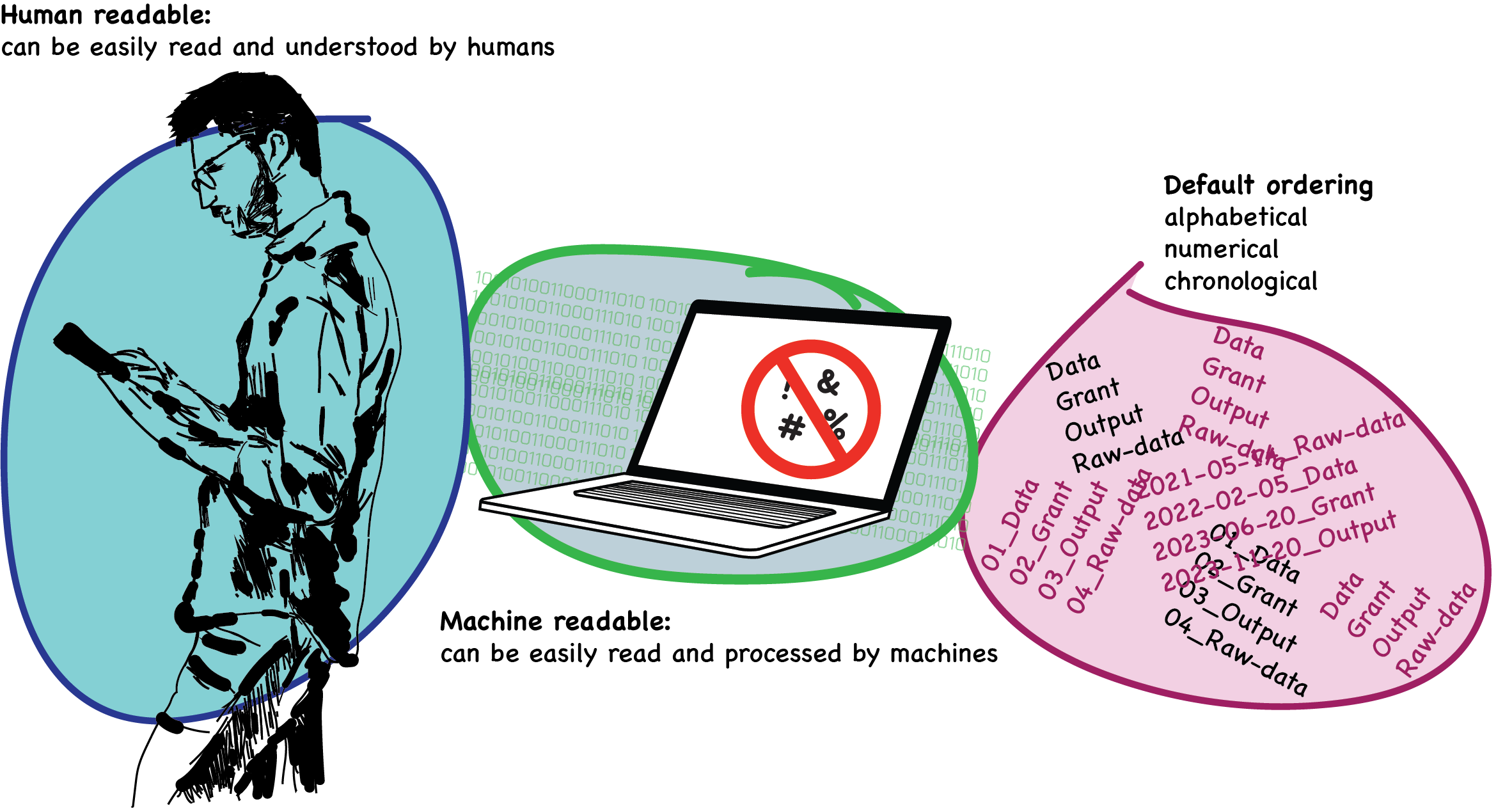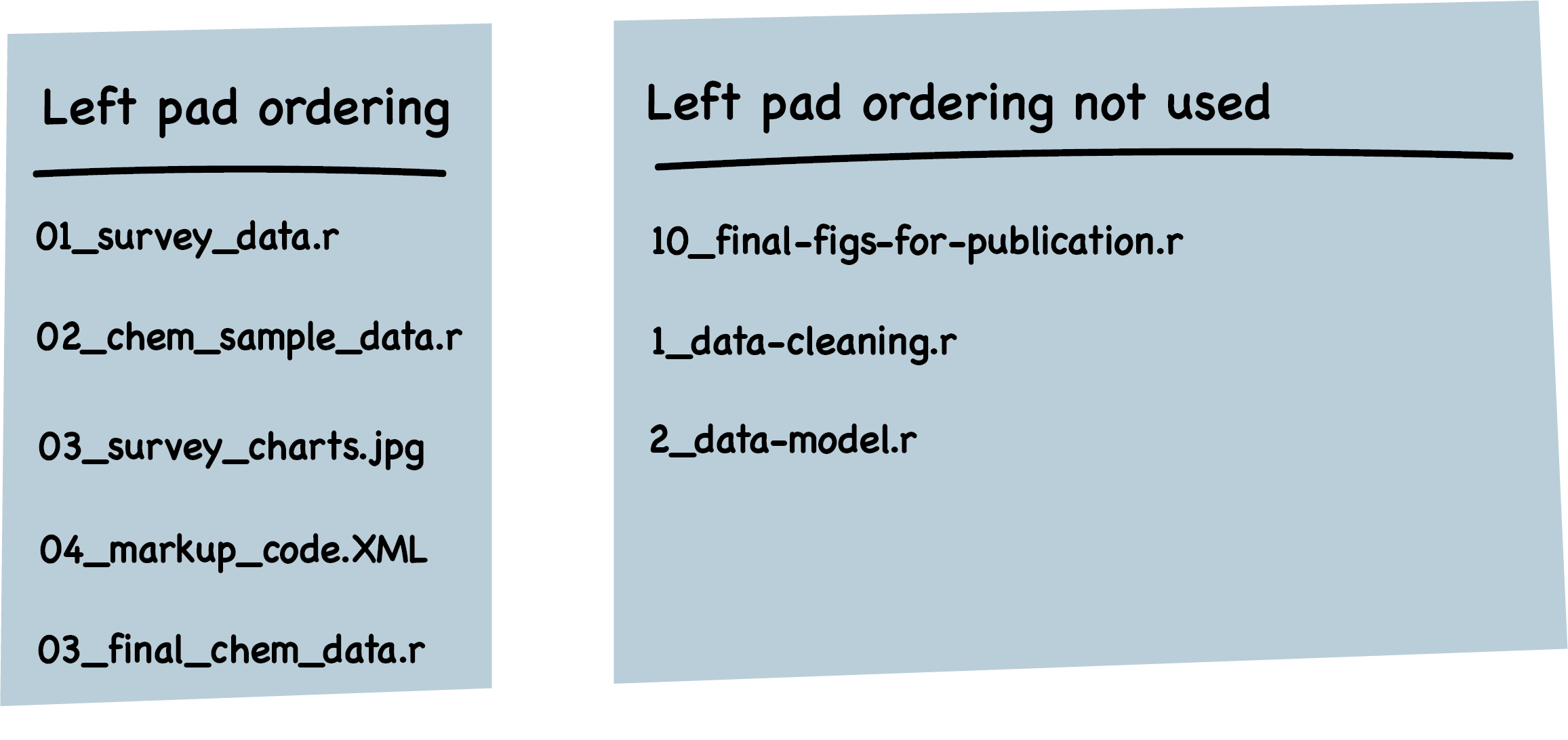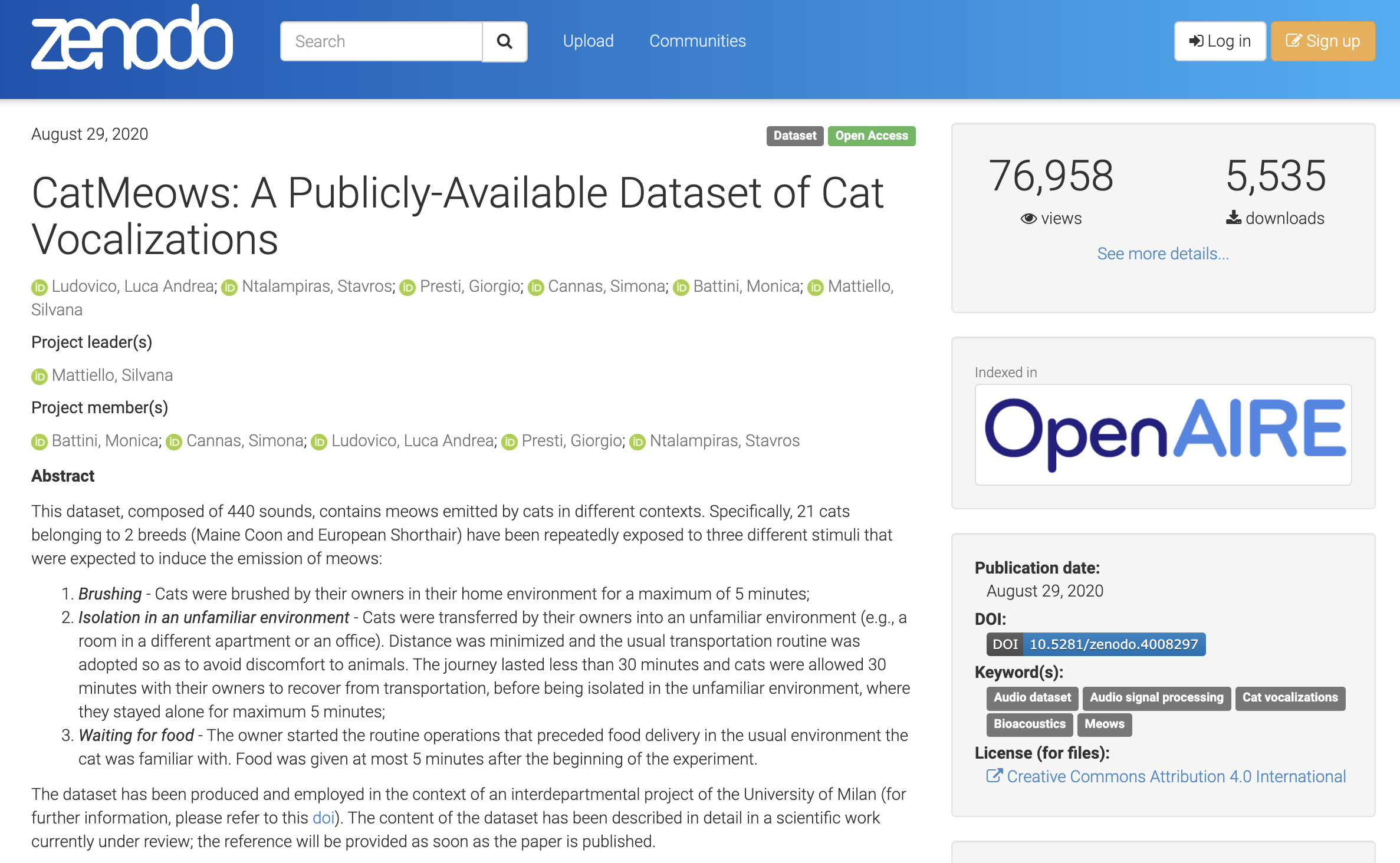File Naming#
A logical and well thought through file naming convention enables others (and yourself) to easily locate files. A file name should provide an understanding and give clear context to the contents and the history of the file. Developing a file naming convention at the beginning of a research project has many benefits some of which are:
makes files easy to find and retrieve
allows for easy identification of the current or most recent version
collaborators can easily access and share files
files can be logically sorted and retrieved using key identifiers
makes retention and disposal information easily recognisable
Three principles for file names#
When deciding on best practice for developing a file naming convention there are three pinciples that should be considered.
The three principles include files that are:#

Image: The three principles of file naming
Human readable#
Human readable file names can be easily read and understood by humans. The description within the file name should be informative without being too long. Any intended users of the file, either a collaborator or yourself should be able to understand what the file contains and how it should be used.
Looking at the example below, file names on the left, use a more descriptive format compared to the abbreviated counterparts on the right. The description provided is something that may save you time and could be an important identifier if reusing data after a project is complete.

Image: How to name files
Machine readable#
Machine readable file names can be easily read and processed by computers. There are a few simple rules that can help you deicide on a file name structure that supports computational processing.
only use alphanumeric characters.
Using special characters and spaces in your file name can create problems for machine readability. Some operataing systems use special characters to generate specific commands, adding a special character to a file name could potentially generate an error.special characters are also used in glob patterns.
This is where a wild card character such as * is inserted into a search or command prompt to extend a search return list. For example if searching a comprehensive list of birds, using the search term * bird will return any words within the search criteria that contain the word bird, i.e. balckbird, lyrebird, wattlebird.avoid using spaces between words.
Like special characters, spaces are often not readable by machines and may cause an error or problem within your file. Best practice for separating words or elements within a file name is to use a dash or underscore.some operating systems are case sensitive and the use of lowercase letters in file names is recommended.
Plays well with default ordering#
There are a few ways to apply default ordering to your file naming convention.
Alphabetical ordering The first way is to order files alphabetically and this is often the default ordering process used by operating systems. Alphabetical ordering may not necessarily be a logical process for you and possibly prefixing the file name with a number or date will make more sense.
Numerical ordering Allows you to order your files by prefixing the file names with numbers. Importantly for this process, best practice is to left pad a number with a leading zero.

Image: Left Pad Ordering table
Chronological ordering Arranges files by date. The ISO standard is recommended when prefixing a file name using the date. This format lends well to sorting and is formatted as YYYY-MM-DD.

Image: ISO 8601
The three principles
The principles are not prescriptive and may not be applicible in all circumstances.
Creating a file naming schema that makes sense for your data#
The file naming princicples explained in this resource are not mutually exclusive. This means that it is okay for you to use various elements from each module to develop a file naming structure that works for you and your data.
Below is an example of a project that uses a file naming convention that is clear and logical. The naming convention uses unique identifiers to outline the contents of each file and the data set has been published along with a key making each identifier easily readable.

Zenodo: CatMeows
CatMeows project file naming convention key:#

Listen#
Maine Coon being brushed
Maine Coon waiting for food
European shorthair isolated in an unfamiliar environment
Video: Organising and Naming your Data#
Note
In the video Organising and Naming your Data, Nicola Laurent a University of Melbourne project archivist talks about the file naming conventions used for the Find and Connect research project. Below is an example of the desribed structure. Click on the information points to read about each segment.
Question
Looking at the file naming convention used in the structure above, can you identify any possible issues with the file names?
Expand the dropdown arrows below to read about some potential issues.